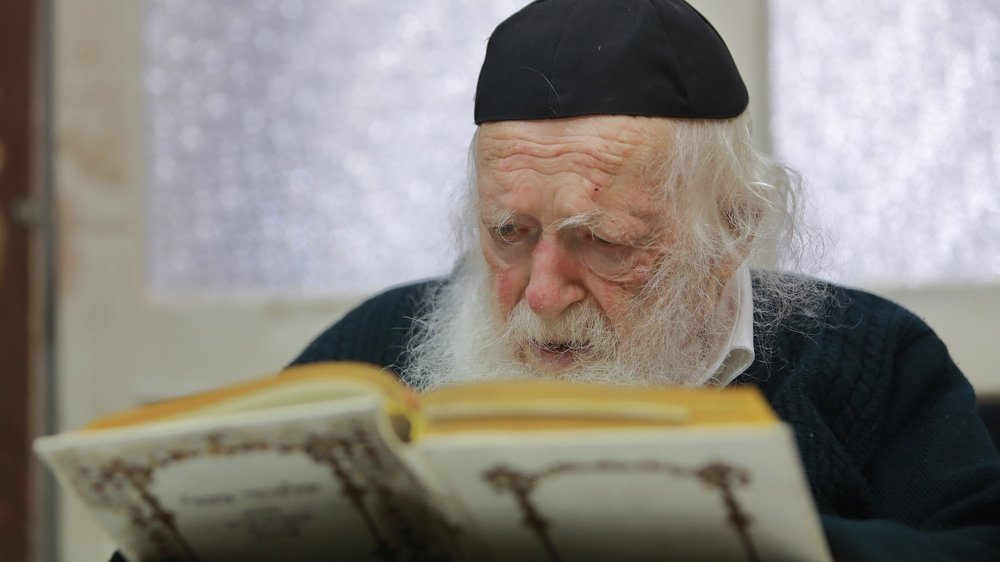Armageddon 101: The True History of the End of the World

Jewish eschatology is the area of Jewish theology concerned with events that will happen in the end of days and related concepts. This includes the ingathering of the exiled diaspora, the coming of a Jewish Messiah, afterlife, and the revival of the dead. In Judaism, the end times are usually called the "end of days" (aḥarit ha-yamim, אחרית הימים), a phrase that appears several times in the Tanakh.
In Judaism, the main textual source for the belief in the end of days and accompanying events is the Tanakh or Hebrew Bible. The roots of Jewish eschatology are to be found in the pre-exile prophets, including Isaiah and Jeremiah, and the exile-prophets Ezekiel and Deutero-Isaiah. The main tenets of Jewish eschatology are the following, in no particular order, elaborated in the Book of Isaiah, the Book of Jeremiah and the Book of Ezekiel.
War of Gog and Magog
According to Ezekiel chapter 38, the "war of Gog and Magog", a climactic war, will take place at the end of the Jewish exile. According to David Kimhi, this war will take place in Jerusalem. However, a Hasidic tradition holds that the war will not in fact occur, as the sufferings of exile have already made up for it.
Events to occur
God redeems the Jewish people from the captivity that began during the Babylonian Exile, in a new Exodus
God returns the Jewish people to the Land of Israel
God restores the House of David and the Temple in Jerusalem
God creates a regent from the House of David (i.e. the Messiah) to lead the Jewish people and the world and usher in the Messianic Age, an age of justice and peace
All nations recognize that the God of Israel is the only true God
God resurrects the dead
God creates a new heaven and a new earth
Second Temple period
In the late Second Temple period, beliefs about the ultimate fate of the individual were diverse. The Essenes believed in the immortality of the soul, but the Pharisees and Sadducees, apparently, did not. The Dead Sea Scrolls, Jewish pseudepigrapha, and Jewish magical papyri reflect this diversity.
Medieval rabbinical views
While all classic rabbinic sources discuss the afterlife, the classic Medieval scholars dispute the nature of existence in the "End of Days" after the messianic period. While Maimonides describes an entirely spiritual existence for souls, which he calls "disembodied intellects," Nachmanides discusses an intensely spiritual existence on Earth, where spirituality and physicality are merged. Both agree that life after death is as Maimonides describes the "End of Days." This existence entails an extremely heightened understanding of and connection to the Divine Presence. This view is shared by all classic rabbinic scholars.
According to Maimonides, any non-Jew who lives according to the Seven Laws of Noah is regarded as a righteous gentile and is assured of a place in the world to come, the final reward of the righteous.
There is much rabbinic material on what happens to the soul of the deceased after death, what it experiences, and where it goes. At various points in the afterlife journey, the soul may encounter: Hibbut ha-kever, the pains, and experiences of the physico-spiritual teardown within the grave; Dumah, the angel in charge of graveyard things; Satan as the angel of death or such similar grimly figure; the Kaf ha-Kela, the ensnarement or confinement of the stripped-down soul within various ghostly material reallocations (devised for the purpose of cleansing of the soul incurred for contamination not severe enough to warrant Gehinnom; Gehinnom; and Gan Eden (heavenly respite or paradise, purified state). All classic rabbinic scholars agree that these concepts are beyond typical human understanding. Therefore, these ideas are expressed throughout rabbinic literature through many varied parables and analogies.
Gehinnom is fairly well defined in rabbinic literature. It is sometimes translated as "hell", but is much more similar to the Nicene Christianity view of Purgatory than to the Christian view of Hell. Rabbinic thought maintains that souls are not tortured in Gehinnom forever; the longest that one can be there is said to be eleven months, with the exception of heretics, and extremely sinful Jews. This is the reason that even when in mourning for near relatives, Jews will not recite mourners' kaddish for longer than an eleven-month period. Gehinnom is considered a spiritual forge where the soul is purified for its eventual ascent to Gan Eden ("Garden of Eden").
Jewish messianism
The Hebrew word mashiach (or moshiach) refers to the Jewish idea of the messiah. In biblical times the title mashiach was awarded to someone in a high position of nobility and greatness. For example, Cohen ha-Mašíaḥ means High Priest. While the name of the Jewish Messiah is considered to be one of the things that precede creation, he is not considered divine, in contrast to Christianity where Jesus is both divine and the Messiah.
In the Talmudic era the title Mashiach or מלך המשיח, Méleḵ ha-Mašíaḥ literally means "the anointed King". The Messiah is to be a human leader, physically descended from the Davidic line, who will rule and unite the people of Israel and will usher in the Messianic Age of global and universal peace.
In brief, the belief in a human Messiah of the Davidic line is a universal tenet of faith among Jews and one of Maimonides' thirteen principles of faith.
Some authorities in Orthodox Judaism believe that this era will lead to supernatural events culminating in a bodily resurrection of the dead. so expect to see Michael Jackson, Bob Marley, and many others back to life in that time.
.png)
 Tehran beware, ...
Tehran beware, ... Jewish Learning...
Jewish Learning... Compliance with...
Compliance with... Hadas Malka, Is...
Hadas Malka, Is...




